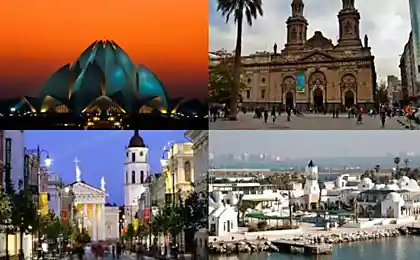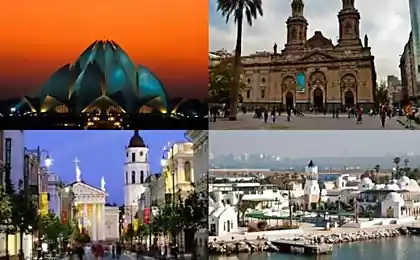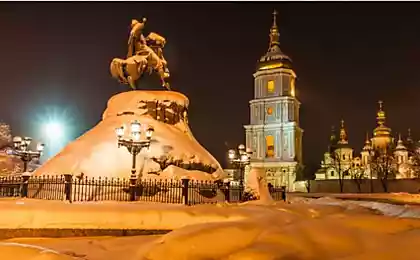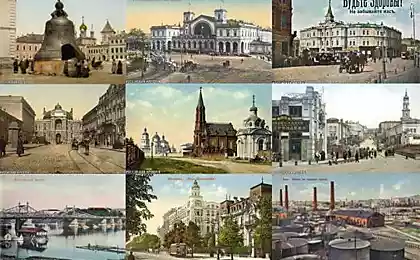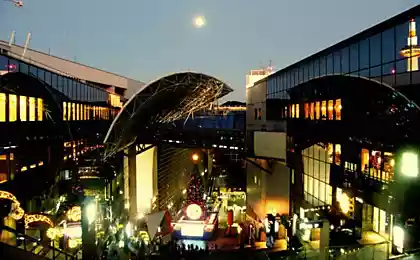698
Augsburg - the capital of Swabia
A small town in southern Bavaria was founded 15 BC. e., of course the Romans, and was then called Augusta Vindelicorum. By 1500 Augsburg was one of the largest German cities, then - one of the most notable commercial and financial centers in Europe. Today Augsburg attracts tourists from all over the world for its rich history and traditions nebychnymi.
History Fuggerei (Fuggerei), the town in the town, perhaps my favorite:
At the beginning of the XVI century in Augsburg merchants prospered, especially wealthy Fugger family was considered (Fugger). The greatest scope of activities of the Fugger reached when Jakob Fugger II the Younger, called the Rich (1459-1525). It was he who was the first to invest not only in real estate, but in charity. So, on his initiative in 1521 it was built a well-quarter "for the hard-working and decent people, but unfortunately fallen into poverty," for living in which the annual fee was levied symbolic one Rhine guilder.
Augsburzhtsy revere tradition and therefore the town & quot; Fuggerei & quot; saved until today. In addition, as 500 years ago, there are people with a small income. Rents also not izmenilas- 0, 88 € (equivalent to 1 guilder) Fuggerei residents pay annually.
1. At the entrance of the Fuggerei: a nice old man, a guide in the traditional dress of the sixteenth century show you the town and tell his full story.
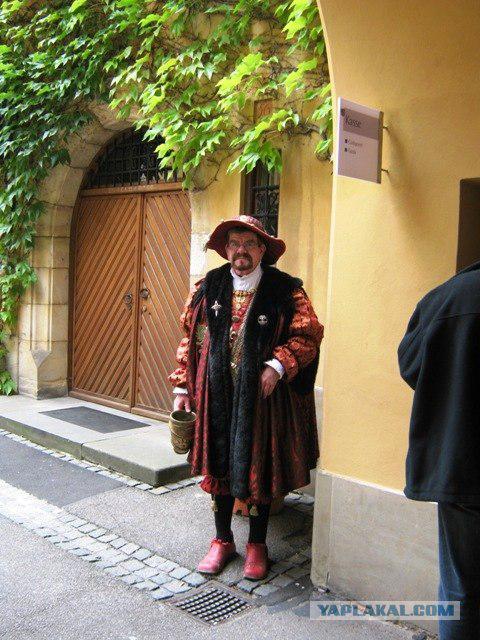
2. apartment of 2 or 3 rooms can get everyone who professes the Catholic faith, I was born in Augsburg and was left without a livelihood not through their own fault.
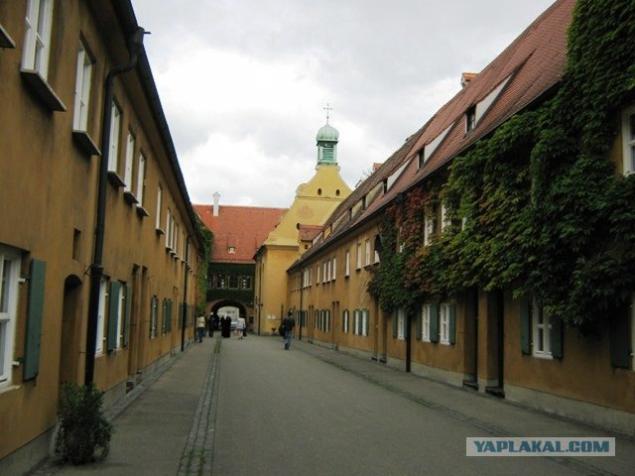
3. Now the town is home to approximately 150 people.
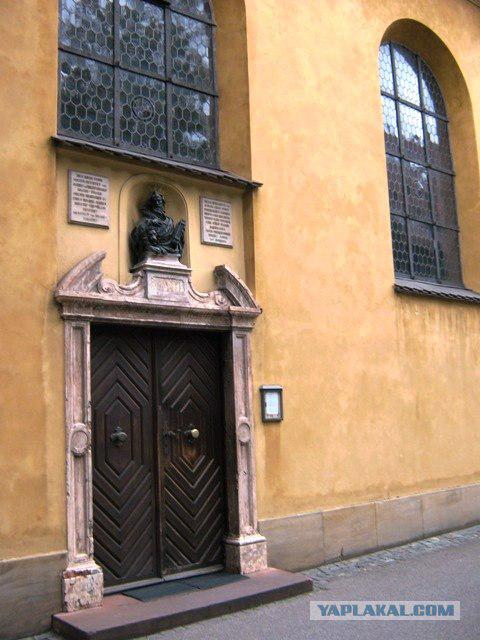
4.
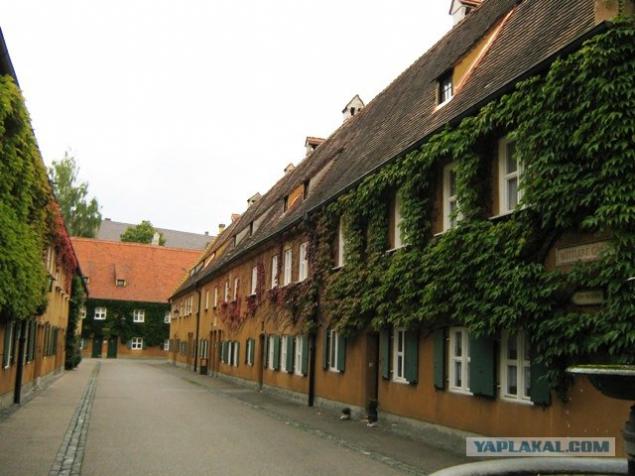
5.

6.
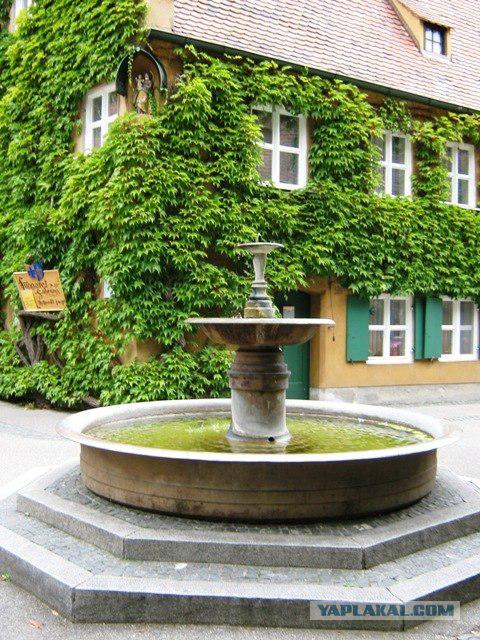
7.
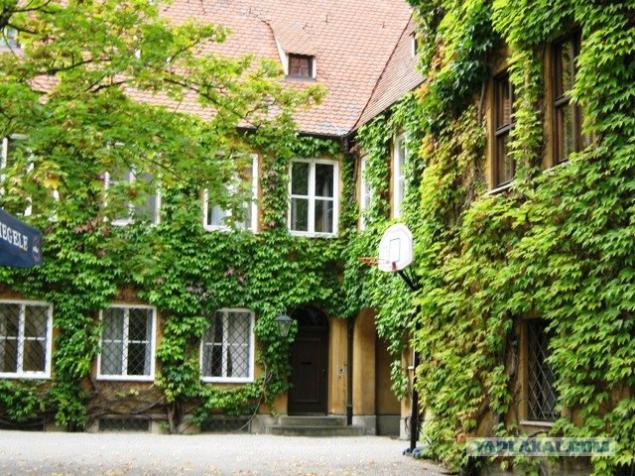
8.
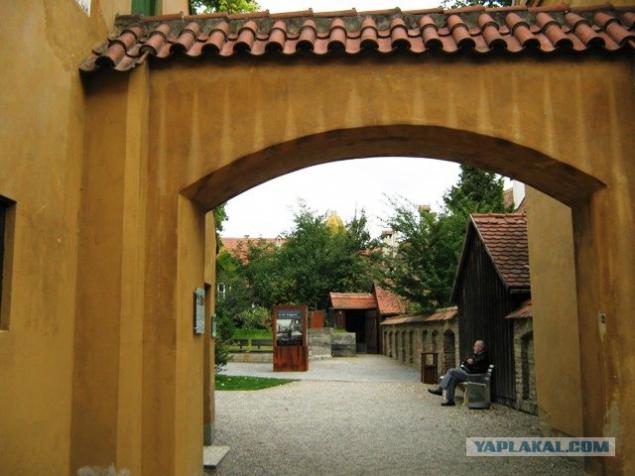
9.
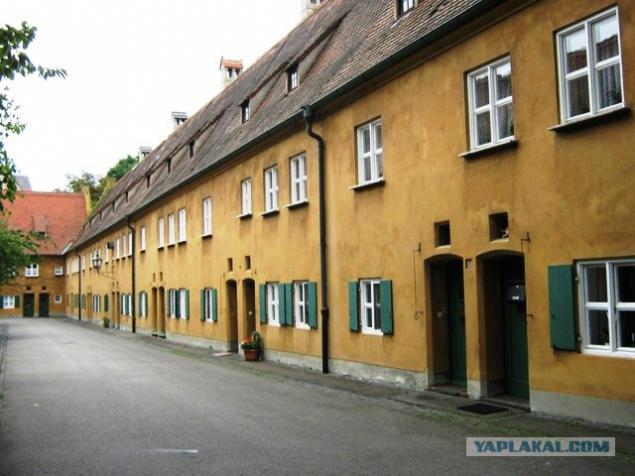
10.
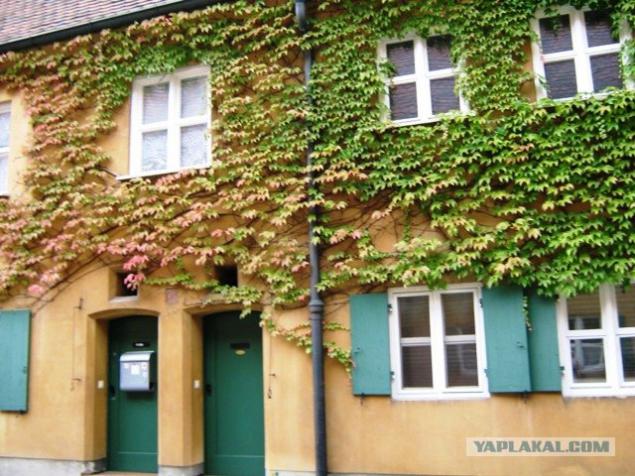
11.
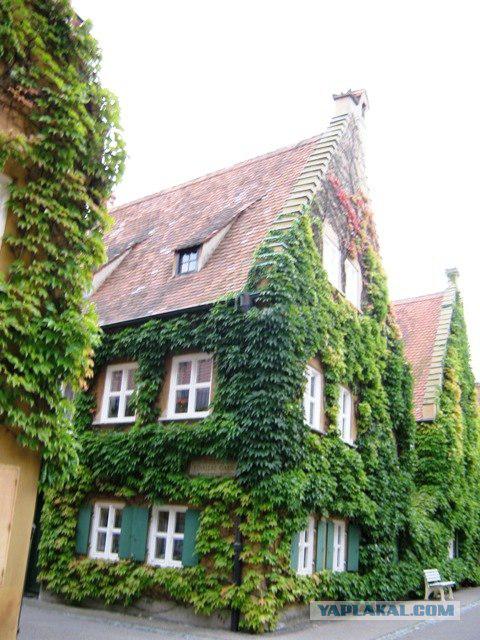
12. Monument to the founder Jakob Fugger
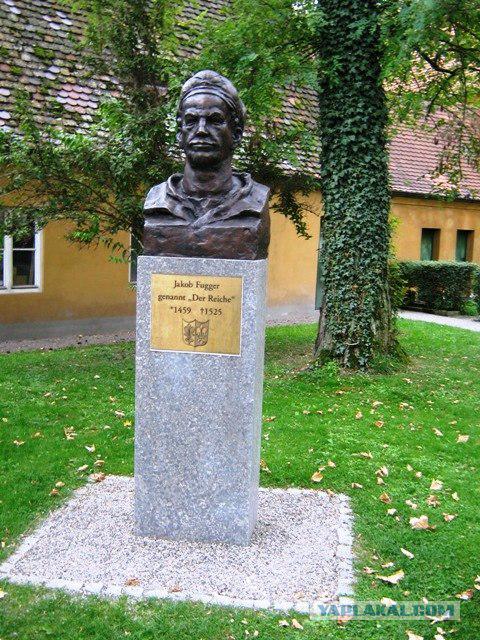
13.
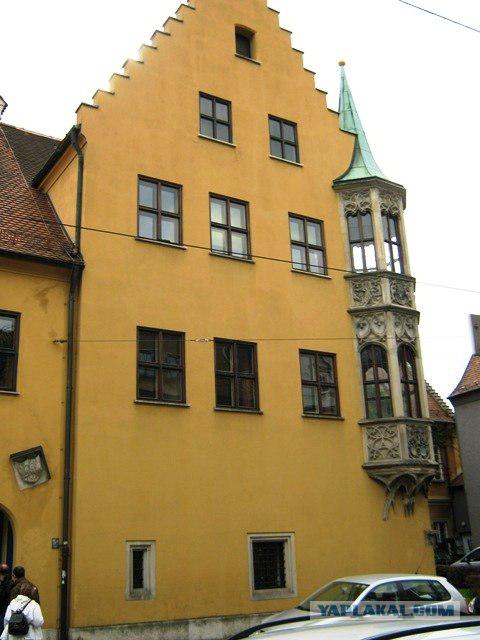
14. Coat Fuggerei and the motto "Use time" on the wall of the church.
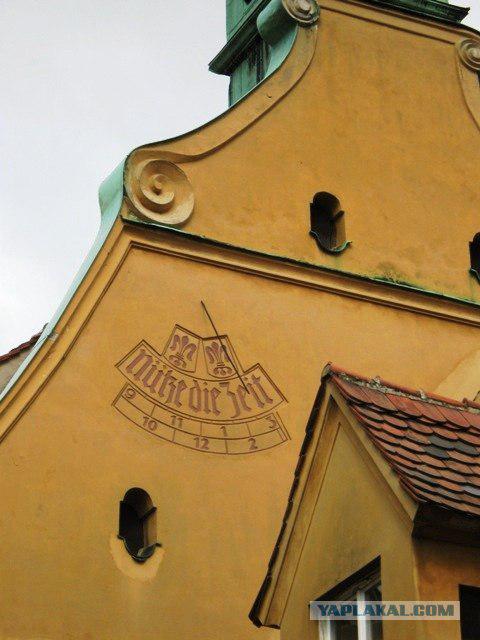
15. Augsburg are many other beautiful and interesting places. Naprimer- Hofgarten, the garden court inside the complex of the former residence of the Archbishop. The garden was laid back in 1740 on a plan by Johann Bagnato.
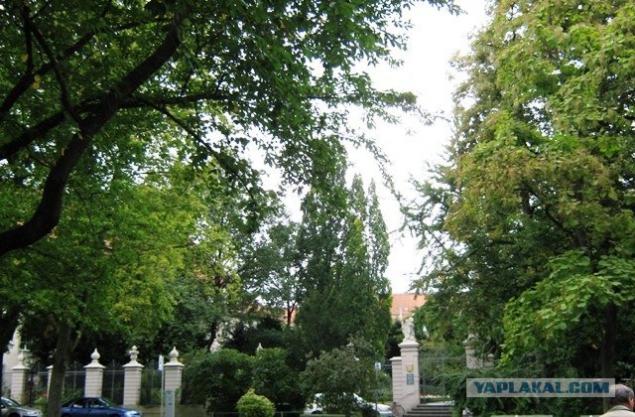
16.
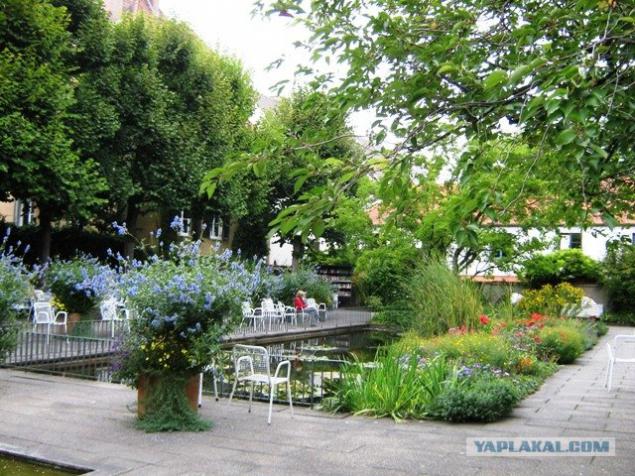
17. In warm weather, the garden a lot of visitors, especially students and pensioners, so the initiative augsburzhtsev appeared bookcase. Books bring themselves residents of the city and, of course, everyone can take liked reading with them, free of charge.
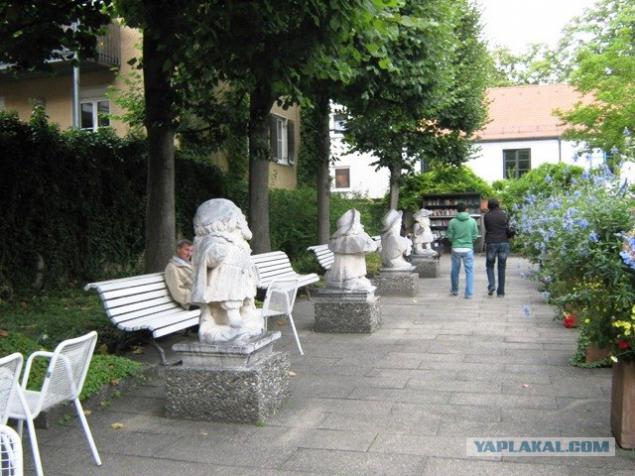
18.

19. Near Garden seat of the government of Swabia, the former residence of the archbishop.
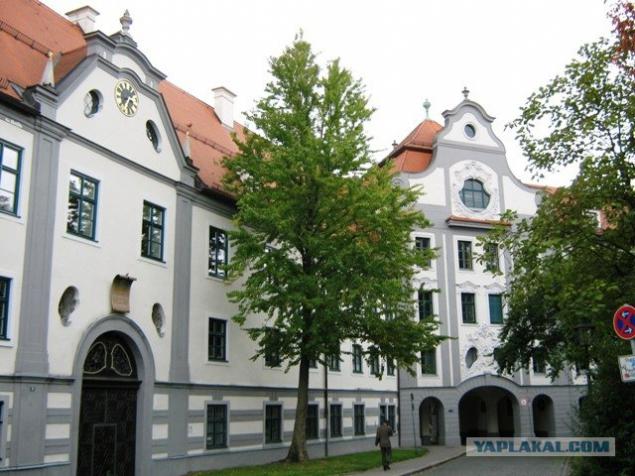
20.
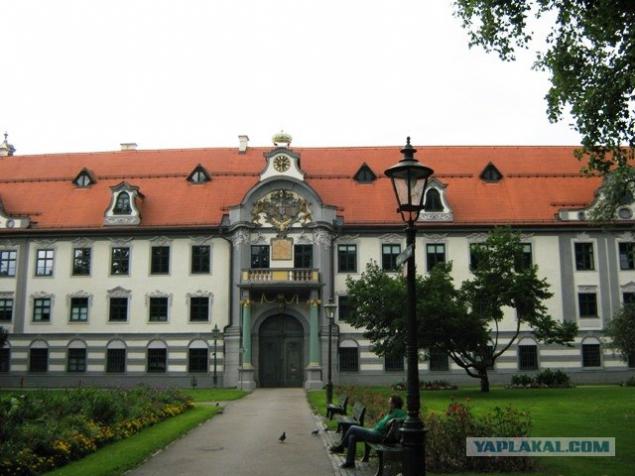
21.
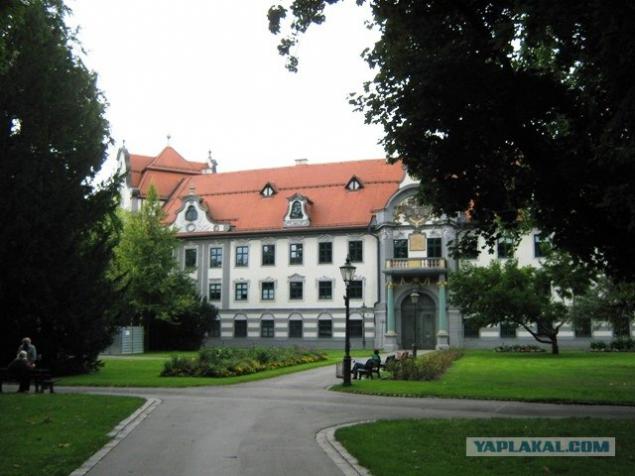
22. On the way to the next attractions
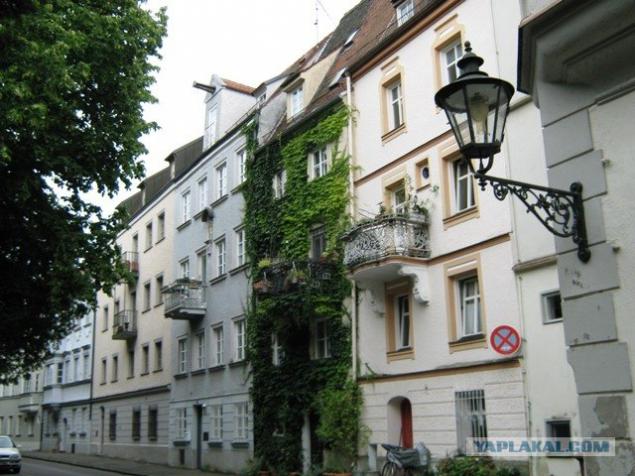
23.
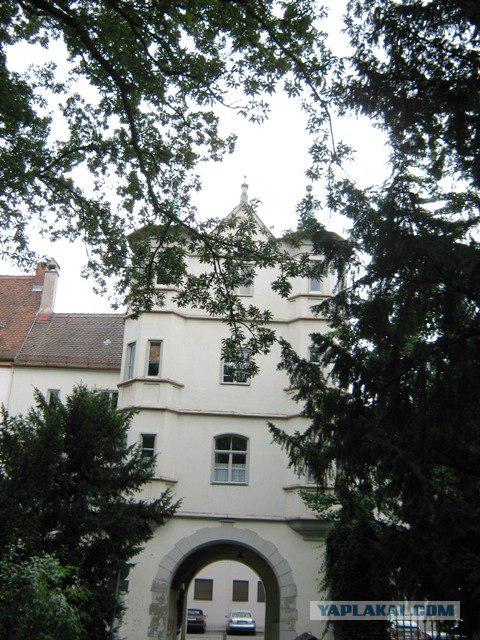
24. The Dome Cathedral (Dom Unserer Lieben Frau) was founded in the VIII century (my favorite cathedral in Augsburg)
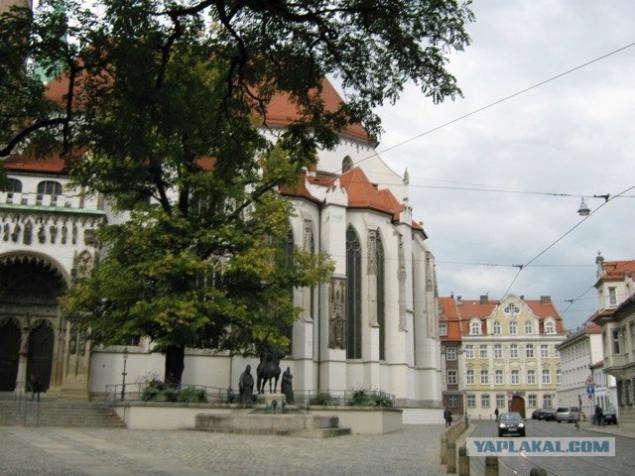
25.
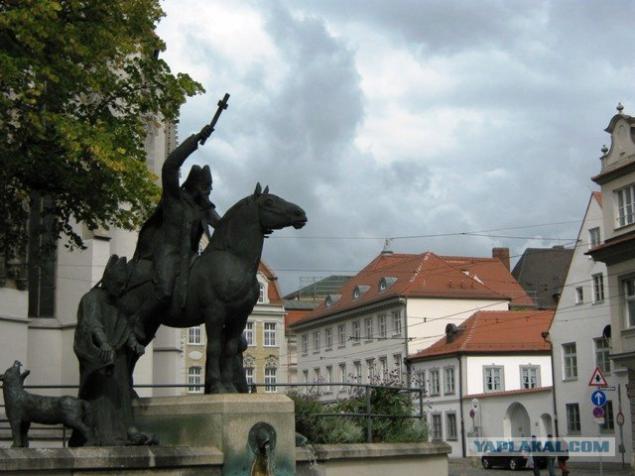
26.

27.
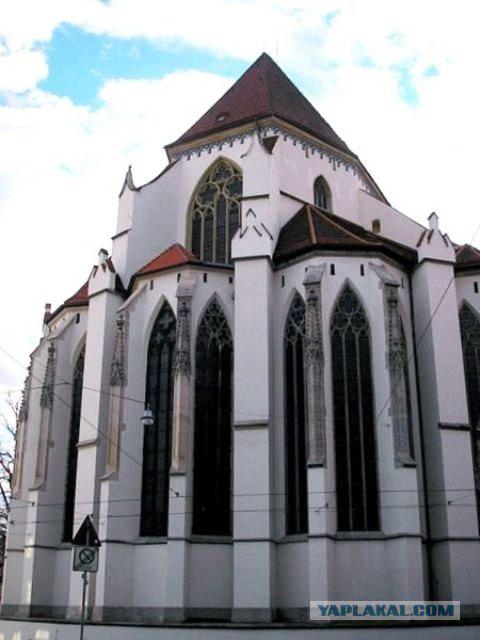
28. And within
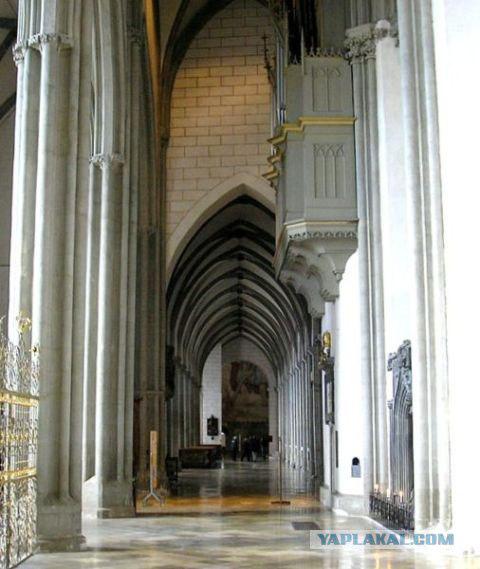
29.
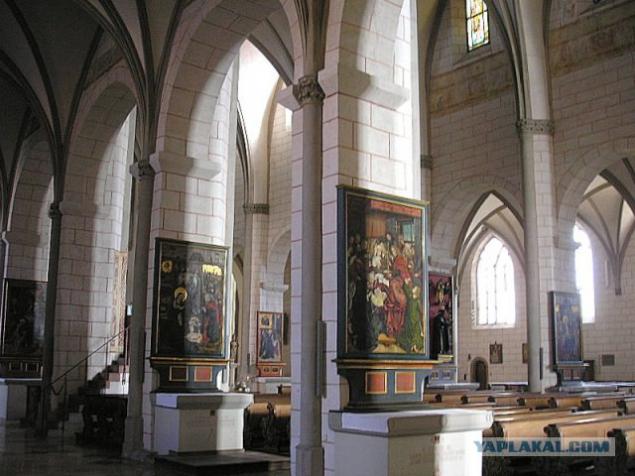
30.
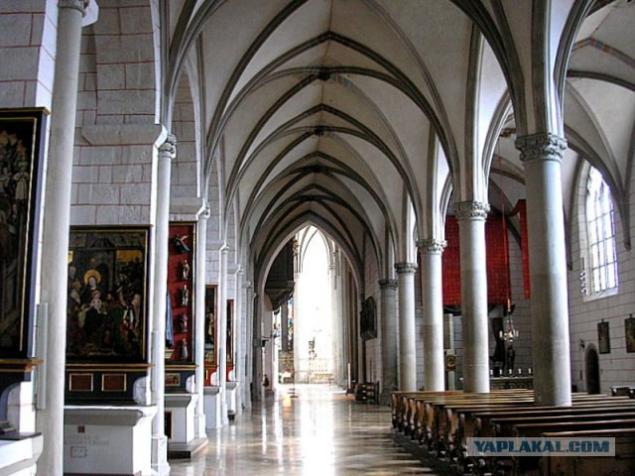
31.
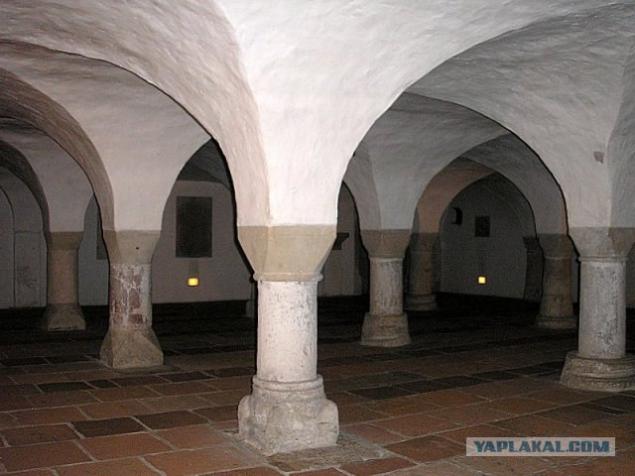
32.
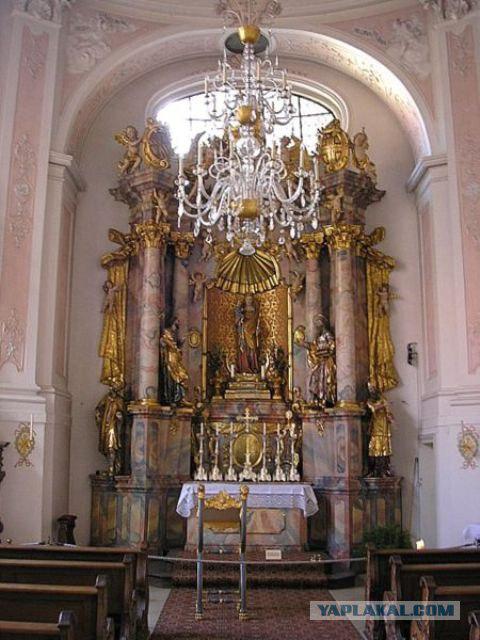
33. Town Hall Square (as always, if I'm somewhere in the party, be sure to rain)
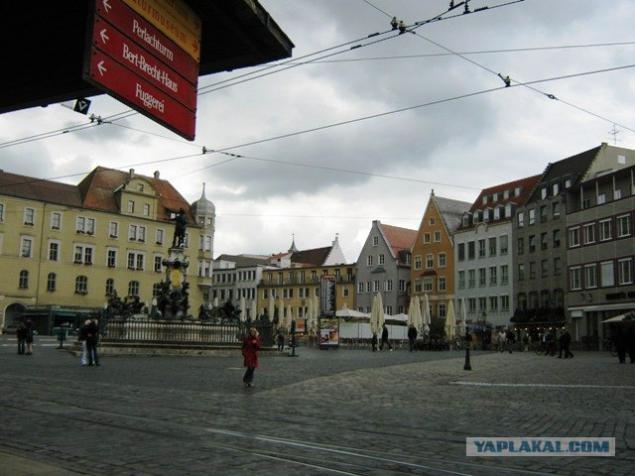
34.
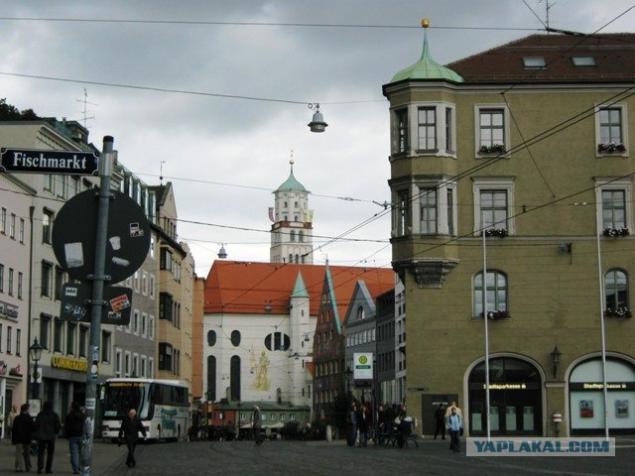
35.
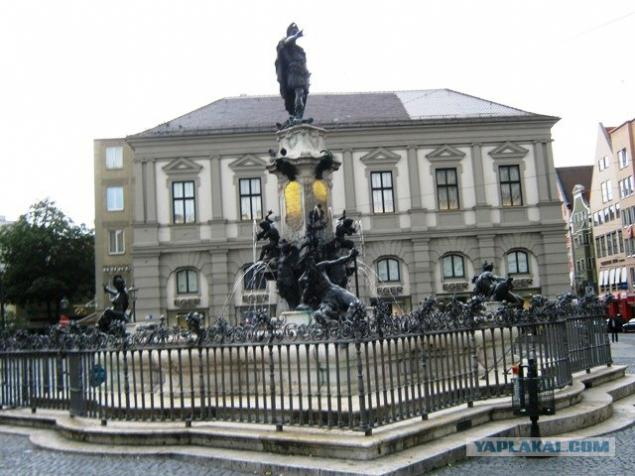
36. Hall
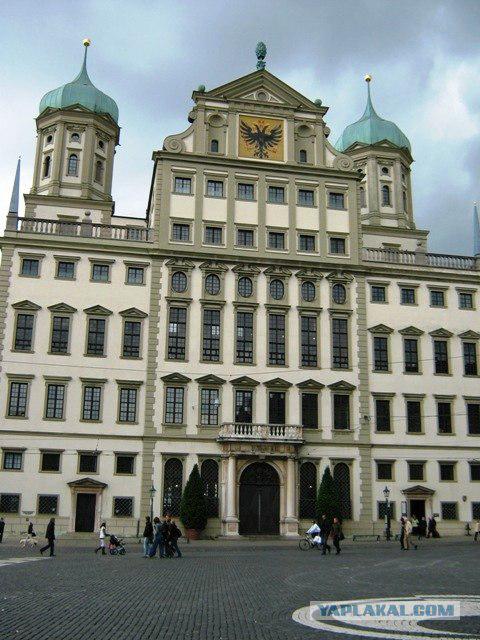
37.
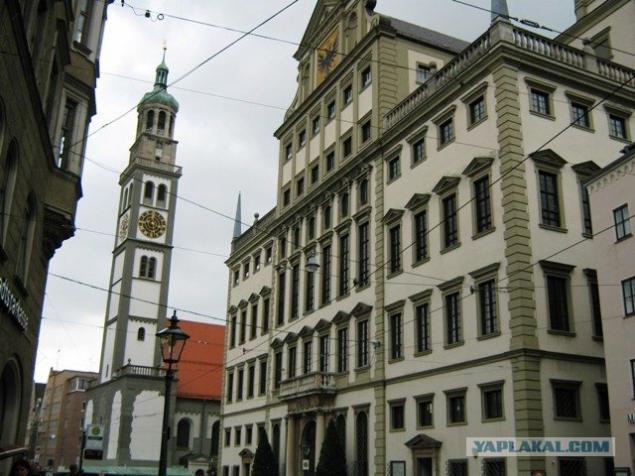
38. Golden Hall Town Hall (Goldener Saal)
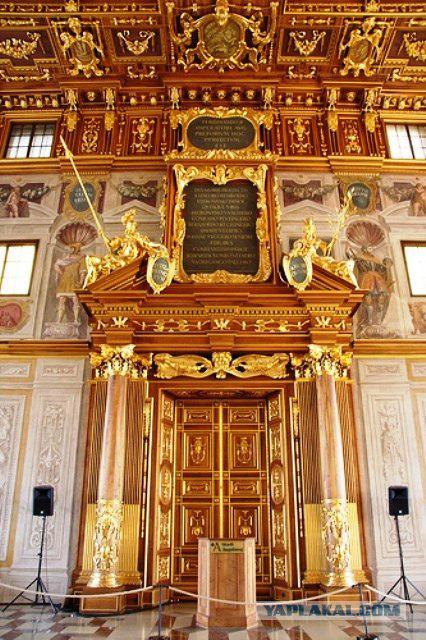
39. In this room are often held classical music concerts.
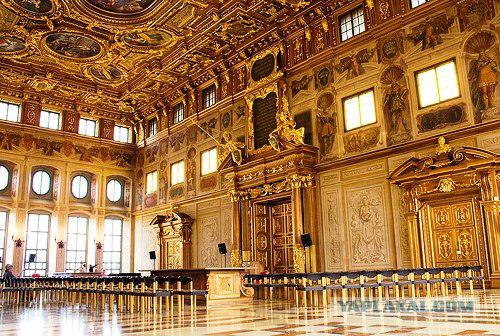
40.
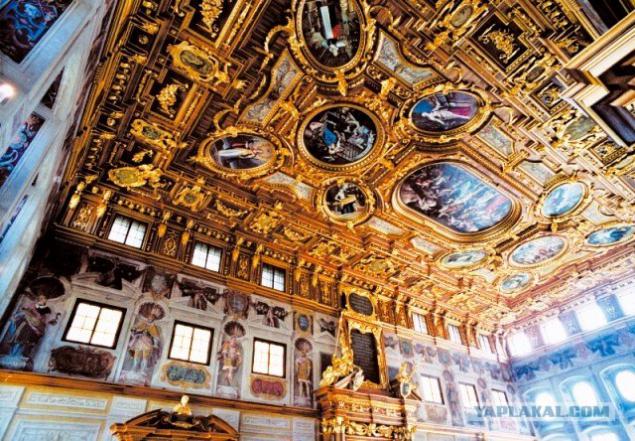
41.
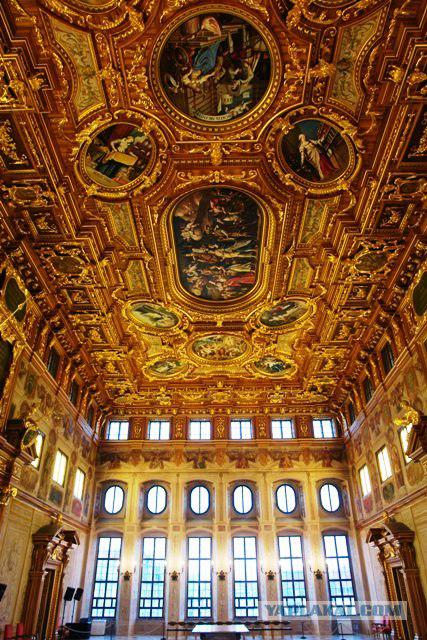
42. View Town Hall.
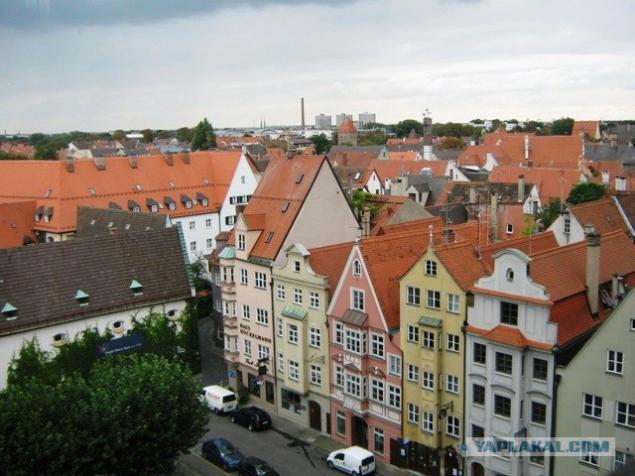
43. Monastery «Maria Stern»
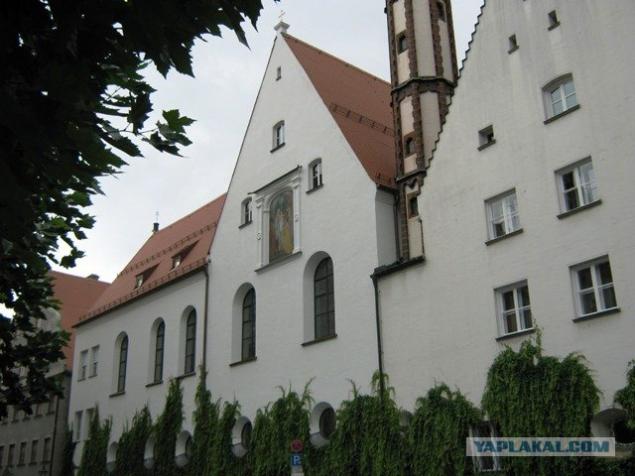
44. I love the quiet streets in the center of the hall.
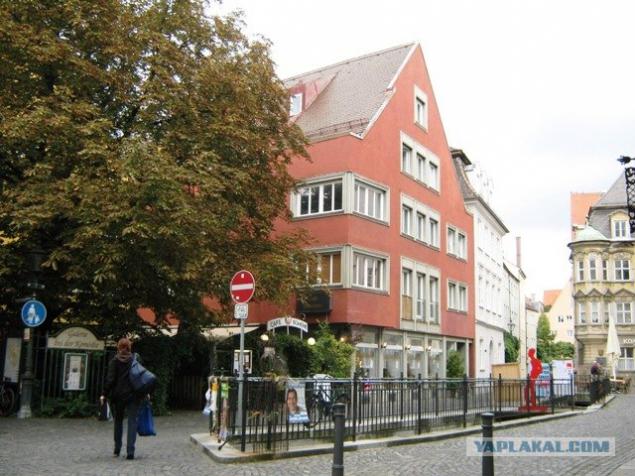
45.
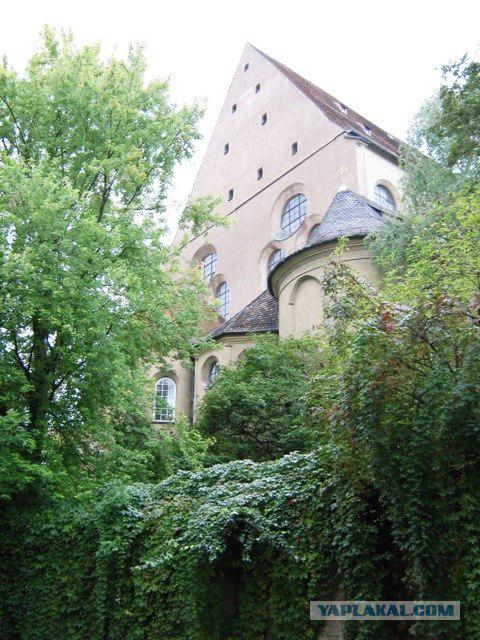
46. The Catholic Church «St. Ulrich und Afra »on Maximilianstraße.
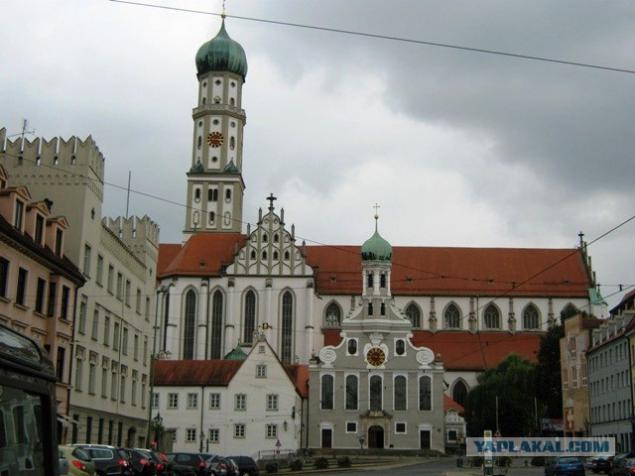
47. Maximilianstraße
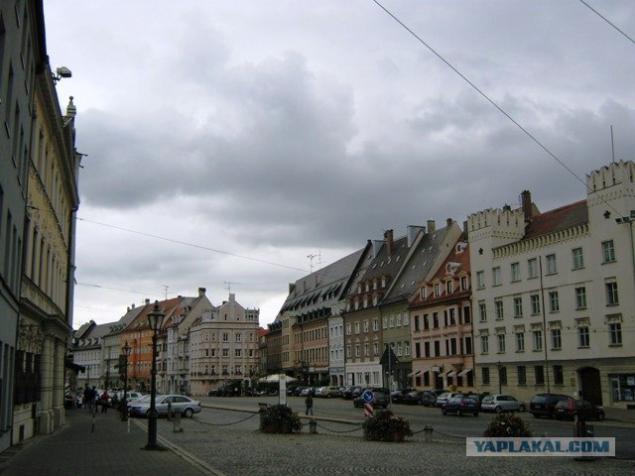
48.

49. Moritzplatz
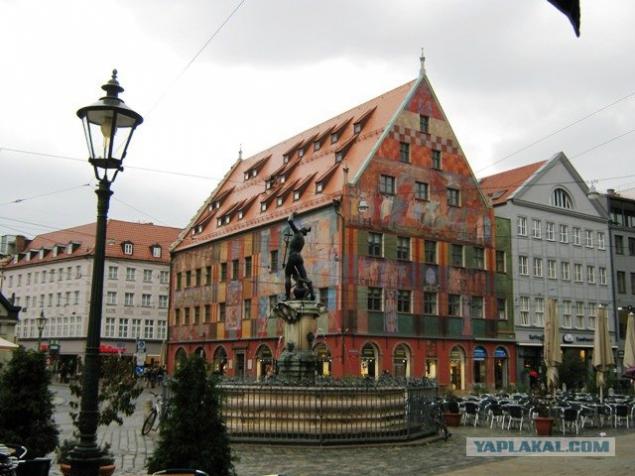
50. Church of St. Moritz
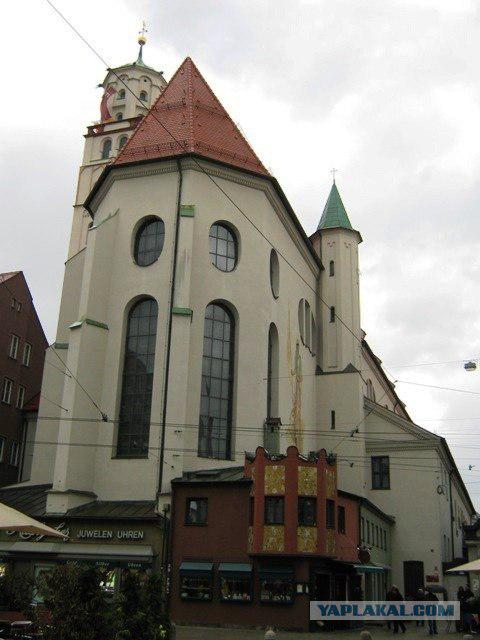
51.
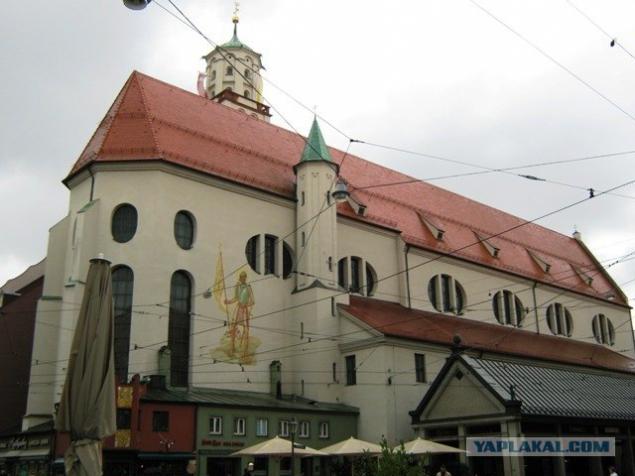
52. The synagogue, built in 1917, miraculously survived during the Second World War, is now back in full action.
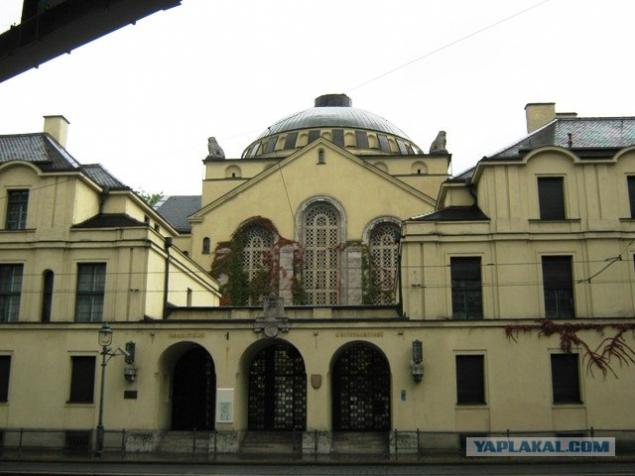
53.
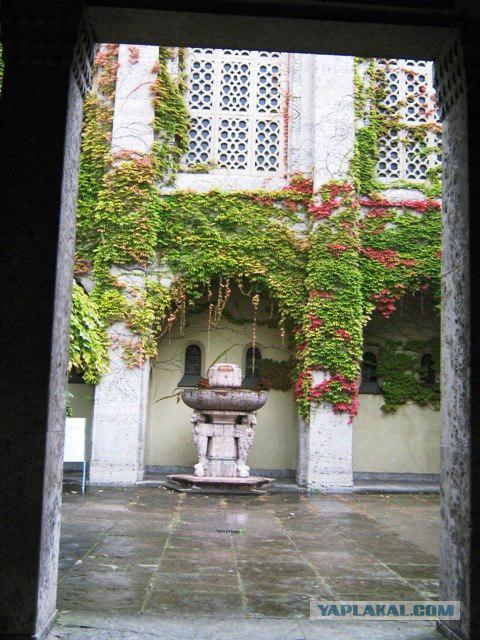
54. Taking photographs inside the building was prohibited, the Internet has found only one photo, unfortunately.
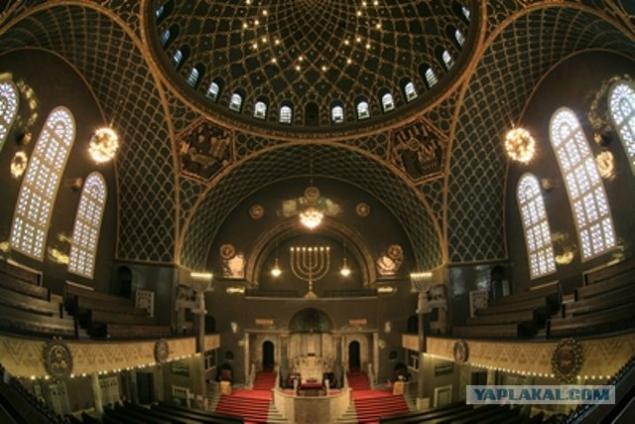
Source:
History Fuggerei (Fuggerei), the town in the town, perhaps my favorite:
At the beginning of the XVI century in Augsburg merchants prospered, especially wealthy Fugger family was considered (Fugger). The greatest scope of activities of the Fugger reached when Jakob Fugger II the Younger, called the Rich (1459-1525). It was he who was the first to invest not only in real estate, but in charity. So, on his initiative in 1521 it was built a well-quarter "for the hard-working and decent people, but unfortunately fallen into poverty," for living in which the annual fee was levied symbolic one Rhine guilder.
Augsburzhtsy revere tradition and therefore the town & quot; Fuggerei & quot; saved until today. In addition, as 500 years ago, there are people with a small income. Rents also not izmenilas- 0, 88 € (equivalent to 1 guilder) Fuggerei residents pay annually.
1. At the entrance of the Fuggerei: a nice old man, a guide in the traditional dress of the sixteenth century show you the town and tell his full story.

2. apartment of 2 or 3 rooms can get everyone who professes the Catholic faith, I was born in Augsburg and was left without a livelihood not through their own fault.

3. Now the town is home to approximately 150 people.

4.

5.

6.

7.

8.

9.

10.

11.

12. Monument to the founder Jakob Fugger

13.

14. Coat Fuggerei and the motto "Use time" on the wall of the church.

15. Augsburg are many other beautiful and interesting places. Naprimer- Hofgarten, the garden court inside the complex of the former residence of the Archbishop. The garden was laid back in 1740 on a plan by Johann Bagnato.

16.

17. In warm weather, the garden a lot of visitors, especially students and pensioners, so the initiative augsburzhtsev appeared bookcase. Books bring themselves residents of the city and, of course, everyone can take liked reading with them, free of charge.

18.

19. Near Garden seat of the government of Swabia, the former residence of the archbishop.

20.

21.

22. On the way to the next attractions

23.

24. The Dome Cathedral (Dom Unserer Lieben Frau) was founded in the VIII century (my favorite cathedral in Augsburg)

25.

26.

27.

28. And within

29.

30.

31.

32.

33. Town Hall Square (as always, if I'm somewhere in the party, be sure to rain)

34.

35.

36. Hall

37.

38. Golden Hall Town Hall (Goldener Saal)

39. In this room are often held classical music concerts.

40.

41.

42. View Town Hall.

43. Monastery «Maria Stern»

44. I love the quiet streets in the center of the hall.

45.

46. The Catholic Church «St. Ulrich und Afra »on Maximilianstraße.

47. Maximilianstraße

48.

49. Moritzplatz

50. Church of St. Moritz

51.

52. The synagogue, built in 1917, miraculously survived during the Second World War, is now back in full action.

53.

54. Taking photographs inside the building was prohibited, the Internet has found only one photo, unfortunately.

Source:




